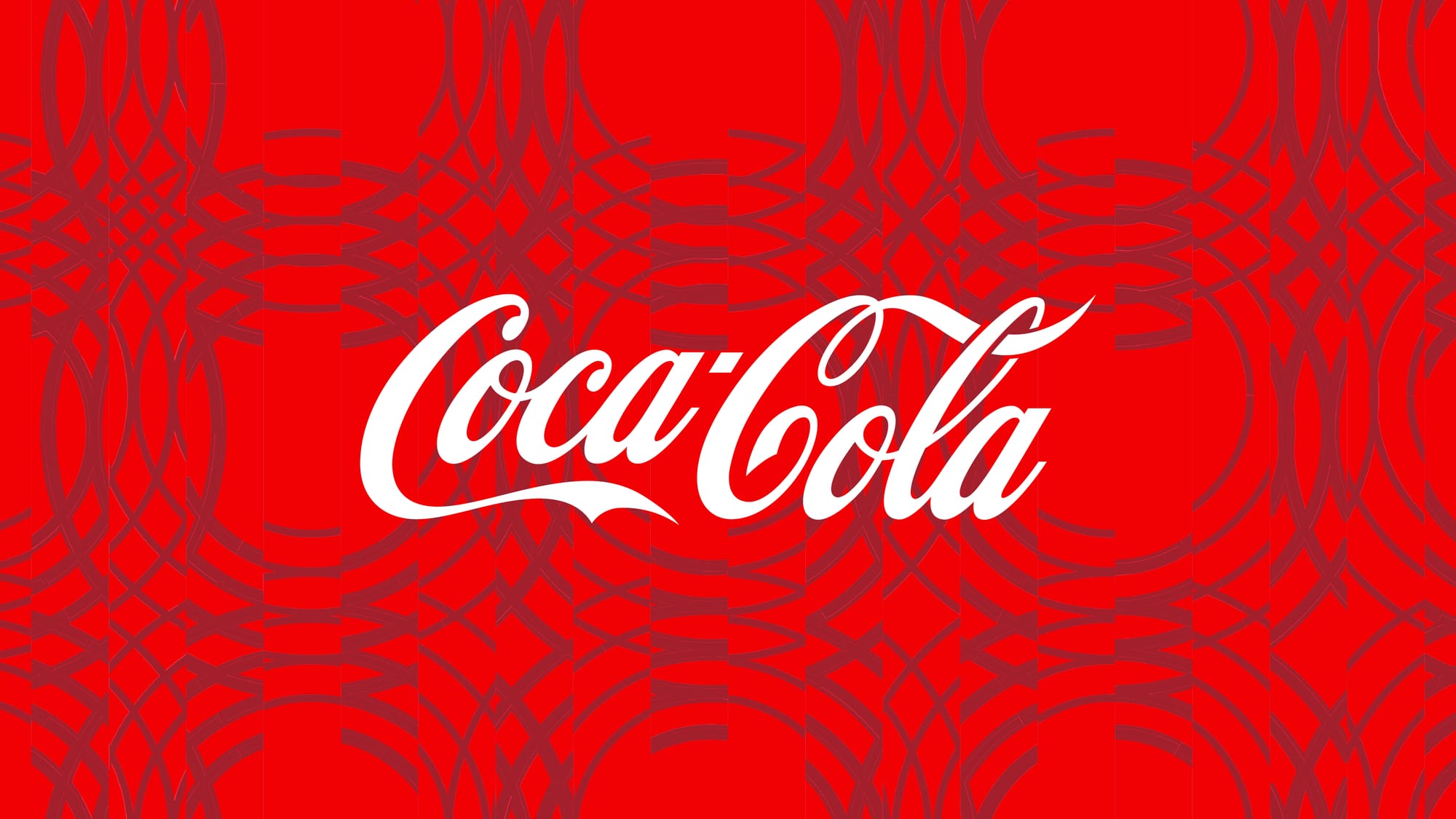Coca-Cola's dominance isn't just about taste—it's about mastering an intricate dance of innovation, emotional connection, and strategic agility that keeps the 139-year-old brand ahead of emerging competitors. With 2024 revenues reaching $47.1 billion and an organic growth rate of 12%, the beverage giant demonstrates that even century-old companies can thrive in today's hyper-competitive marketplace.
The Power of Emotional Architecture
Coca-Cola's success stems from what CEO James Quincey calls their "all-weather strategy"—a framework that transcends product sales to build deep emotional connections with consumers. The company's brand awareness sits at an extraordinary 97% among U.S. soft drink consumers, with 85% of customers showing loyalty to the brand. This isn't accidental; it's the result of decades of strategic emotional investment.
The brand's 2024 campaigns exemplify this approach, particularly its nostalgic "We All Scream for Orange Cream" campaign, which transformed a simple product launch into a cultural phenomenon. By rolling ice cream trucks into neighborhoods serving their new orange cream soda, Coca-Cola didn't just sell a beverage—they sold memories, tapping into childhood nostalgia with surgical precision.
"Our global scale, coupled with local-market expertise and the unwavering dedication of our people and our system, uniquely position us to capture the vast opportunities ahead," Quincey emphasizes. This emotional architecture creates unconscious "go signals" that drive consumer behavior through brand loyalty built over decades of consistent quality and positive associations.
Focus On What Actually Matters
While many companies chase flashy innovation, Coca-Cola focuses on what Quincey calls making "what you can sell, don't sell what you can make". Their 2024 strategy centers around four key pillars:
- Marketing
- Innovation
- Revenue Growth Management (RGM)
- Strategic partnerships
The company's multi-product advertising approach represents a significant strategic shift, showcasing products like Coke, Sprite, and Minute Maid within unified narratives. This enables consumers to visualize how various products integrate into their lives, fostering a more comprehensive brand experience that generates cross-selling opportunities.
Coca-Cola's innovation investments focus on scalable platforms with the highest ROI potential, prioritizing healthier formulas, sustainable packaging, and digitally-enabled experiences. Rather than pursuing novel ideas for novelty's sake, they concentrate on innovations that can be globally replicated, ensuring maximum impact from their R&D investments.
The Data-Driven Revenue Engine
Behind Coca-Cola's emotional branding lies sophisticated Revenue Growth Management (RGM) capabilities that leverage predictive modeling, geo-demographic segmentation, and pricing elasticity analysis. This analytical approach enables them to remain agile despite their massive scale, allowing them to allocate resources for maximum efficiency in a scientific manner.
The results speak volumes: their 2024 performance showed 11% growth in price/mix management, demonstrating their ability to optimize product portfolios and pricing strategies in real-time. Digital dashboards enable continuous tracking of performance indicators and competitive benchmarking, allowing rapid market responses.
"I had no plan," Quincey surprisingly admits about his career trajectory, "but instead followed what interested him, which then led him to work harder and be successful". This philosophy extends to the company's approach, which maintains strategic flexibility while following data-driven insights into consumer behavior and market opportunities.
Sustainability as Competitive Advantage
Coca-Cola has transformed sustainability from a cost center into a competitive advantage, with formal initiatives focusing on climate action, sustainable packaging, and water stewardship. By 2022, nearly 50% of their operations were powered by renewable electricity, with plans to reach 100% renewable energy by 2030.
Their sustainable packaging innovations include using 25% recycled materials in PET bottles and introducing the "PlantBottle," which features up to 30% bio-based material. These aren't just feel-good initiatives—they represent significant cost savings and brand differentiation in an increasingly environmentally conscious market.
The company collected 61% of its equivalent packaging globally in 2022, showcasing tangible progress toward its 2030 recycling targets. Between 2015 and 2021, Coca-Cola reduced emissions intensity by 17%, approaching its ambitious 2030 goal of a 25% reduction.
The Cultural Connection Strategy
Coca-Cola's marketing genius lies in its ability to weave itself into cultural moments and conversations. Their collaboration with FX's "The Bear" demonstrates how they align with contemporary cultural phenomena to enhance brand relatability. By connecting with audiences who resonate with authentic, real-life challenges, they maintain relevance across generations.
The refreshed "Share a Coke" campaign targeting Gen Z incorporates digital experiences and customization, adapting their iconic strategy for new audiences while maintaining core emotional appeals. This balance of heritage and innovation exemplifies their approach to cultural engagement—honoring their legacy while embracing contemporary communication channels.
"People often focus on potential pitfalls and overlook the opportunities for success," Quincey notes, emphasizing how the company encourages risk-taking while maintaining brand integrity. This philosophy enables them to experiment with cultural partnerships and campaigns while maintaining their core brand identity.
Global Scale, Local Relevance
Coca-Cola's international expansion follows a proven four-pronged approach:
- Strategic partnerships
- Product localization
- Mergers & acquisitions
- Technology transfers.
This calibrated strategy has fueled growth across both developed and emerging markets while maintaining brand consistency.
Their "glocal" strategy enables them to leverage global scale while adapting to local preferences and cultural nuances. This approach creates universal emotional connections while respecting regional differences, allowing them to compete effectively against local competitors in diverse markets.
The company's system of bottling partners provides local market expertise while maintaining global quality standards and brand consistency. This hybrid model combines the efficiency of a centralized strategy with the agility of local execution.
Coca-Cola's continued success isn't about a single secret formula—it's about orchestrating multiple strategic elements into a cohesive, adaptable system. Their combination of emotional branding, data-driven optimization, strategic innovation, and cultural relevance creates a competitive moat that's difficult for newcomers to breach.
As Quincey puts it, "You can always go back" to proven strategies, but their real strength lies in knowing when to innovate and when to honor their heritage. In an era where many brands struggle with authenticity, Coca-Cola proves that genuine emotional connections, backed by operational excellence and strategic agility, remain the ultimate competitive advantage.




Discussion